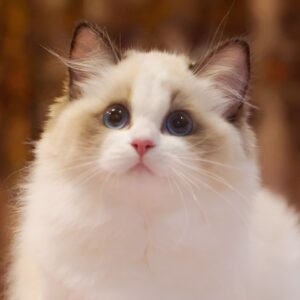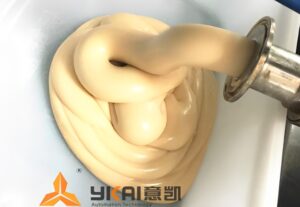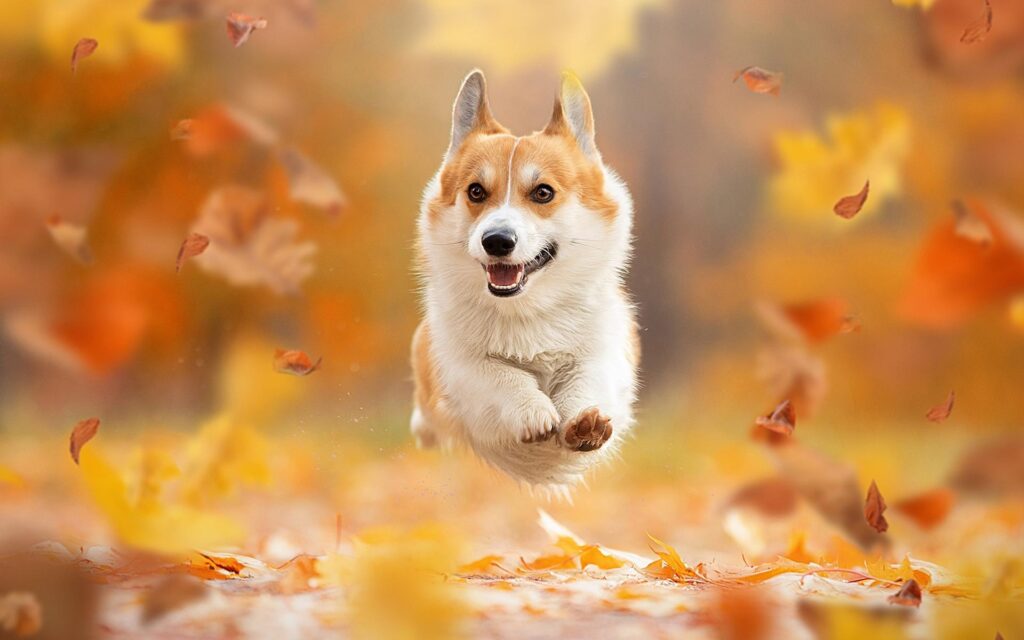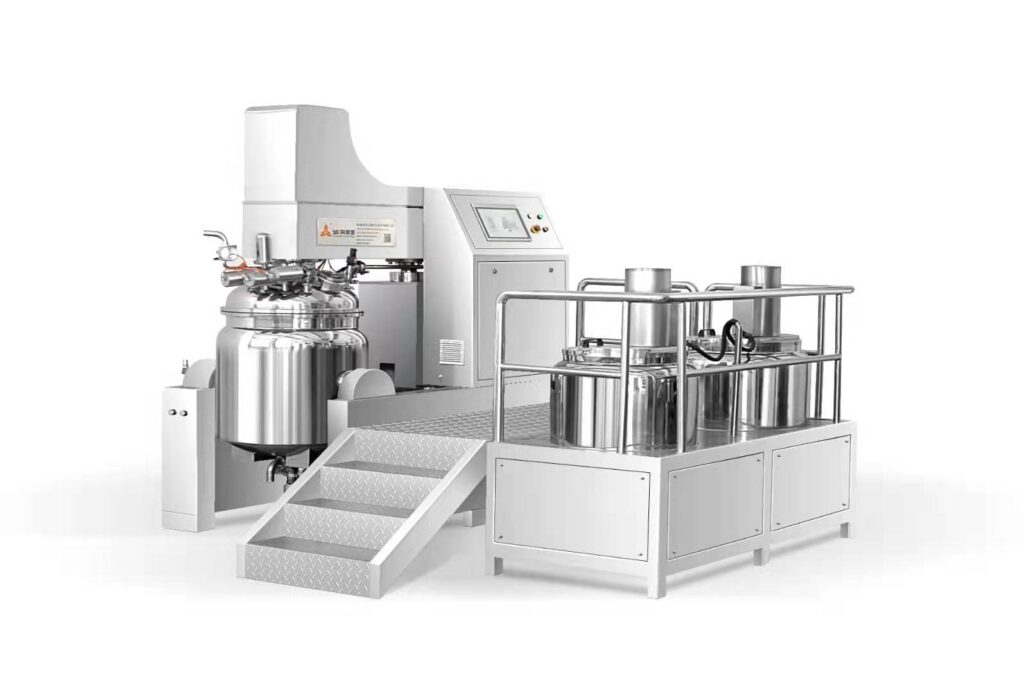-
What are pet wet food (pet snacks)?
- Pet snacks (cat/dog) are a type of snack made for pets, usually made from meat, vegetables, grains, and other ingredients, with a delicious taste and rich nutrition. These snacks are usually designed in small packages, making it convenient for owners to feed their pets at any time, and can be used as training and rewards.
- Pet snacks can provide pets with additional nutrition and deliciousness, enhancing interaction and emotional connection between owners and pets. However, since snacks are not staple foods, it is important to be careful not to affect the intake of staple foods when feeding pets snacks in moderation.
- In addition, different pet snacks have different formulas and nutritional components tailored to different pets and their needs. Therefore, when choosing snacks, it is necessary to consider factors such as the pet’s age, health status, taste, etc. to ensure that the pet grows up healthy and happy.

-
What is the difference between pet snacks and staple foods?
The main difference between pet snacks and staple foods lies in their nutrition and formula.
- Firstly, staple foods are designed to meet the daily nutritional needs of pets, including protein, fat, carbohydrates, vitamins, and minerals. Staple foods are usually formulated based on factors such as the age, breed, and health status of pets to ensure that they provide comprehensive and balanced nutrition.
- Snacks, on the other hand, are mainly designed to meet the taste and taste needs of pets and usually do not contain sufficient nutrients to replace staple foods. The recipe for snacks is usually relatively simple, mainly containing meat or other ingredients, with a rich taste and strong aroma, making it easy to attract pets.
- In addition, there are differences in the production process and ingredient selection between staple foods and snacks. Staple foods usually require high-temperature and high-pressure treatment to destroy enzymes and bacteria, extend their shelf life, while snacks do not require such treatment.
- In terms of ingredient selection, staple foods usually choose fresh and high-quality ingredients, while snacks may choose some low-cost ingredients.
3. What are the drawbacks of pet wet food?
(1) Containing a large amount of additives and food attractants: Cat wet food are a type of snack that usually contain a large amount of chemical additives and food attractants, which are harmful to the health of cats if consumed for a long time.
(2) Nutritional imbalance: Cat wet food cannot replace cat food as a staple food because their nutritional content is uneven and cannot meet the daily nutritional needs of cats. If cats consume cat wet food as their staple food for a long time, it may lead to malnutrition.
(3) Containing glial substances: Some cat wet food may contain glial substances, which can affect the cat’s digestive system and lead to digestive problems.
(4) High salt content: Some cat wet food add a large amount of salt and other seasonings to enhance taste and flavor. Long term intake is not conducive to the health of cats and can easily lead to kidney problems and high blood pressure.
(5) Easy to develop dependency: Cats may develop a dependency on cat strips, leading to unwillingness to eat staple foods or eating very little, thereby affecting their health.
Therefore, although cat wet food can be used as a reward or complementary food for cats, they should not replace cat food as a staple food. At the same time, it is important to choose high-quality cat wet food to avoid long-term consumption that may affect the health of cats.
4. How to industrial make pet wet food?
The process of industrial production of cat wet food usually includes the following steps:
(1) Choose raw materials: Choose fresh and high-quality meat, grains, vegetables, and other ingredients to ensure no pollution and no additives.
(2) Ingredients and Mixing: Weigh meat, grains, vegetables, etc. according to the formula ratio, add an appropriate amount of water and additives, and mix evenly in a blender to form the initial shape of the cat’s stick.
(3) Processing and shaping: Put the mixed raw materials into the mold, perform extrusion, cutting and other processing and shaping operations to form the final shape of the cat wet food.
(4) Packaging and Sterilization: The processed cat wet food are packaged and subjected to sterilization treatments such as high temperature, high pressure, or ultraviolet radiation to ensure the hygiene and safety of the product.
(5) Storage and Transportation: Store finished products in a cool and dry place, avoiding direct sunlight and humid environments, while ensuring safe and reliable transportation.
5. When industrializing the production of pet wet food, the following points need to be noted:
(1) Formula design should be reasonable: Based on the taste and nutritional needs of cats, formula design should be carried out to ensure that the product can meet their nutritional needs, and has a good taste and strong palatability.
(2) The quality of raw materials should be guaranteed: choose fresh and high-quality raw materials to ensure the hygiene and safety of the product. At the same time, it is necessary to use food additives and preservatives reasonably to ensure the quality and shelf life of the product.
(3) The processing technology should be scientific: The processing technology and equipment have a great impact on the taste and quality of cat wet food. Suitable processing technology and equipment should be selected according to the characteristics and needs of different products to ensure product consistency and stability.
(4) Packaging and labeling should be standardized: packaging should have good sealing, moisture-proof, shockproof, etc. to protect the product from external environmental influences. At the same time, the identification should be clear, standardized, and easy to understand, including necessary information such as product name, production date, shelf life, and usage method.
(5) Storage and transportation should be safe: During the storage and transportation process, it is necessary to ensure that the product is not affected by moisture, dirt, insects, etc., to ensure the quality and hygiene safety of the product. At the same time, attention should be paid to temperature and humidity control to avoid product deterioration or damage.
6. The industrial production of pet wet food requires the following types of machines:
(1) Mixer: Used to mix various raw materials evenly, it is one of the essential equipment in the process of making pet wet food.
(2) Mold: Used to process the mixed raw materials into the shape of a pet wet food. Different sizes and shapes of molds can be selected to meet different needs.
(3) Cutting machine: used to cut the processed pet wet food into appropriate lengths, and can choose manual or automatic cutting machines.
(4) Packaging machine: used to package cut pet wet food to improve production efficiency and ensure hygiene and safety.
(5) Sterilization equipment: used to sterilize packaged cat wet food under high temperature, high pressure, or ultraviolet radiation to ensure product hygiene and safety.
(6) Conveyor equipment: used to transport the produced pet wet food from the production line to the packaging area, which can improve production efficiency and reduce manual operations.
The above are several main machines required for industrial production of pet wet food. Of course, other auxiliary equipment such as dryers and coding machines can also be selected according to actual production needs.










Wonderful web site Lots of useful info here Im sending it to a few friends ans additionally sharing in delicious And obviously thanks to your effort
you are in reality a good webmaster The website loading velocity is amazing It sort of feels that youre doing any distinctive trick Also The contents are masterwork you have done a fantastic job in this topic